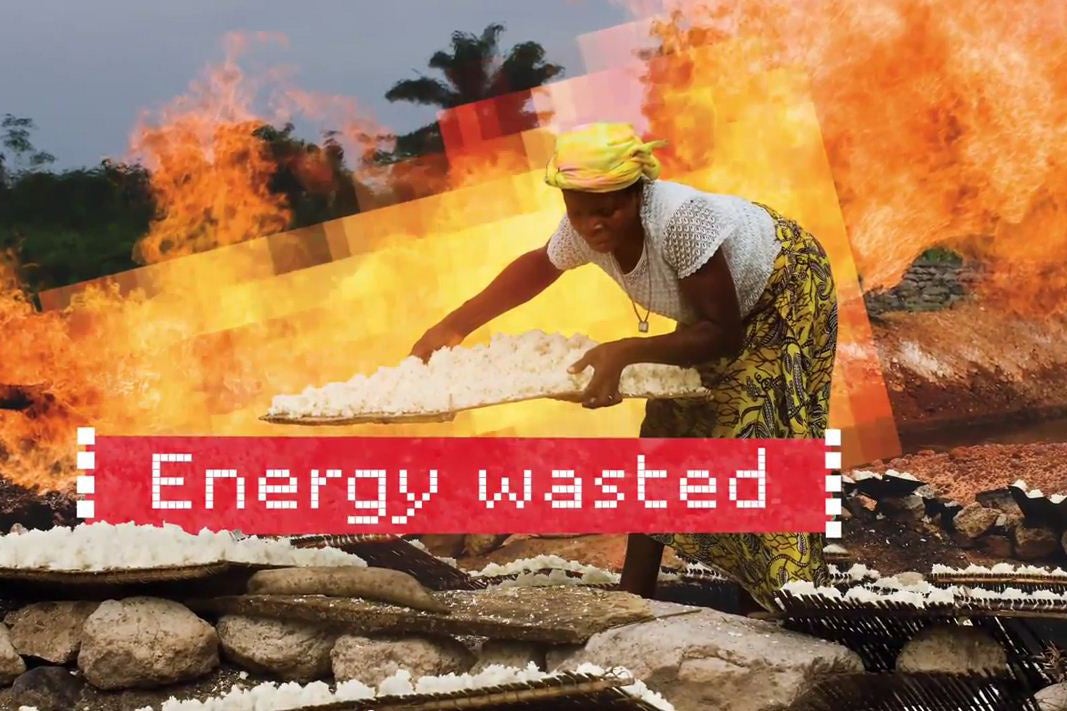
When I was growing up in Albania in the mid-80s, gas flares were a constant and silent backdrop to our holidays by the seashore. The fiery plumes would shimmer in the early morning summer light while we squeezed like sardines into the bus that would take up to the beach. At night, from our cabin, they looked like rows of giant torches in the distance. As a child, I was mesmerized by the way the flames danced and shimmered from the tall chimneys in clouds of black curling smoke. I was told that the oil wells were on fire and eventually the flares burned themselves out. I didn’t ask many questions then; in communism asking questions was discouraged and could get one in trouble.
And now, decades later I have a chance to have some of those questions answered. More importantly I’ve learned something can and is being done to eliminate flares. My colleague James D. Sullivan has just created a great new animated video that explains that the flares are wasted energy that could be used for lighting, cooking, and heating.
He shows how the amount of energy being lost through gas flares is so substantial that it could theoretically be enough to power the entire continent of Africa. The World Bank is coordinating an ambitious plan to eliminate gas flares that includes a partnership of public and private entities.
It’s an important and complex message. How to make it interesting? How to relay the urgent need for action? In today’s world, time is precious; attention spans are short and our communications team is competing with videos of refugees, wars, and amusing cats. But this short, well-crafted animated video on gas flares is so appealing it stands out from the crowd – it’s well worth watching.
I spoke to James about his creative process. After talking to the technical experts and learning as much as he can about the subject, James starts by creating visual maps — he conjures the very first and last image of his video and then creates the narrative arc of the story.
He then created a mise-en-scène of gas flare images; objects and their background, their texture, colors, and scales. After preparing a storyboard, he got feedback from our creative team of writers, graphic designers, animators, photographers, and visual artists. They discussed the storytelling impact of each image and word, of every font and visual effect. And then it was back to the drawing board. James showed the first video draft to the technical team and incorporated their feedback.
The pixelated imagery he created had an emotional impact on me. His flares reminded me so much of the real shimmering flames of my childhood. James explained that the 1980s-style aesthetic, which is so effective, was actually a cost-cutting measure. He used commercial stock of high-resolution photos and video, which he then stylized using After Effects software.
James also used subtle visual clues to connect gas flares to water, jobs, gender, health issues, and climate change. My favorite sequence is of brightly colored animated cars and trucks that fly off the screen, which illustrates that eliminating gas flares is the equivalent to removing 77 million vehicles from our planet.
I have followed the process of making this beautiful video since its conception and I am still in awe of how James can tell this complex and compelling story in only 107 seconds. And if that’s not enough, he makes it fun.
You might think that with all his technical expertise, James is an older guy. But he is very young and thoughtful. I know his secret weapon: high-quality tea. He has a beautiful tea set on his desk in our studio and he takes his tea drinking seriously. The tea ritual helps give order to his creative process.
You can see for yourself that it works. Take a minute and a half to watch this video and pass it on to your friends and family. Post it on Facebook and Twitter. Sometimes an image really is worth a thousand words (the actual length of this blog is 706 words). And I promise, it’s just as entertaining, and far more enlightening, than a cat being a cat.
More information:
Press Release: Countries and Oil Companies Agree to End Routine Gas Flaring
Feature Story: Initiative to Reduce Global Gas Flaring
Launch Event: Global Initiative to End Routine Gas Flaring


Join the Conversation